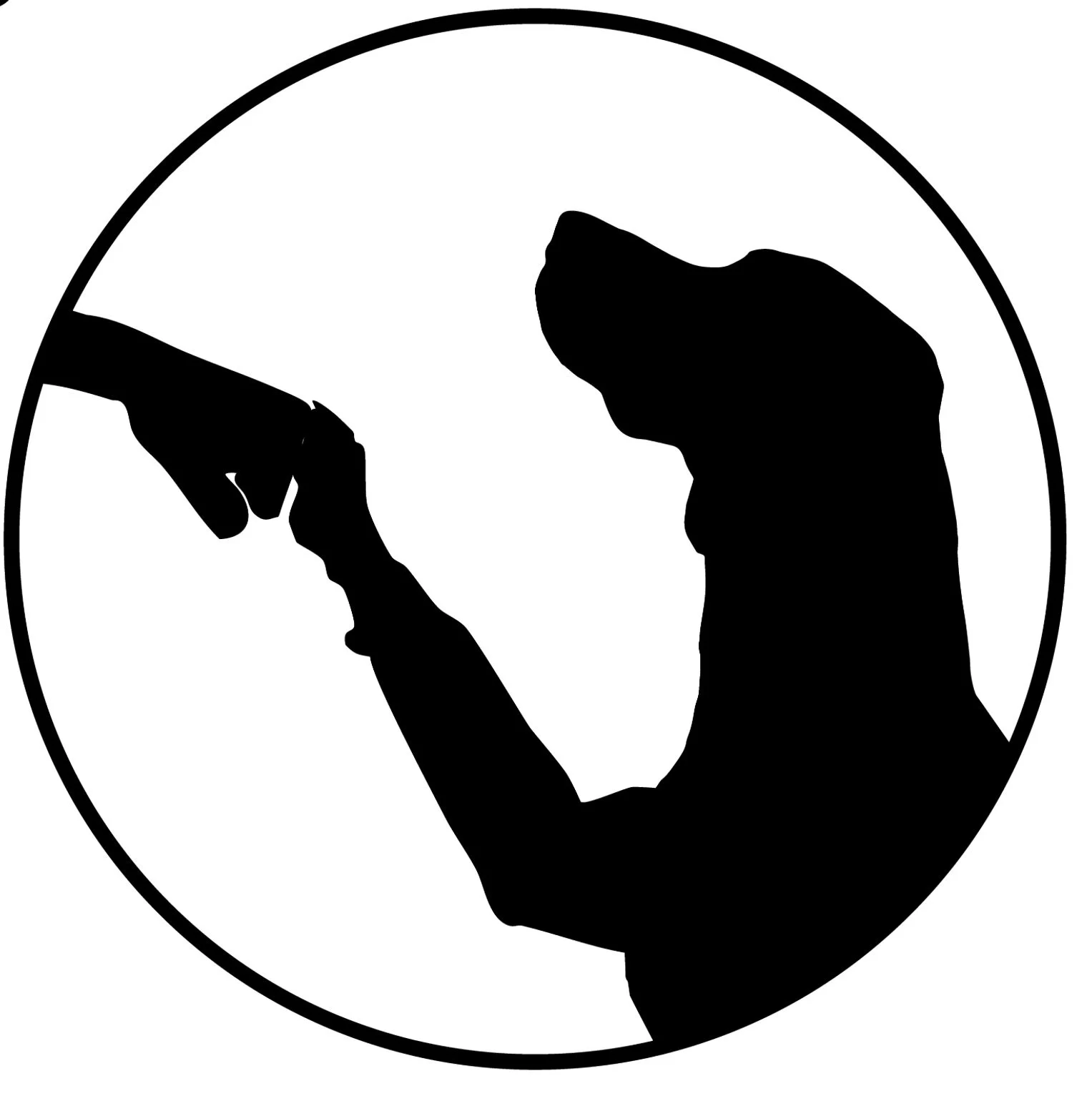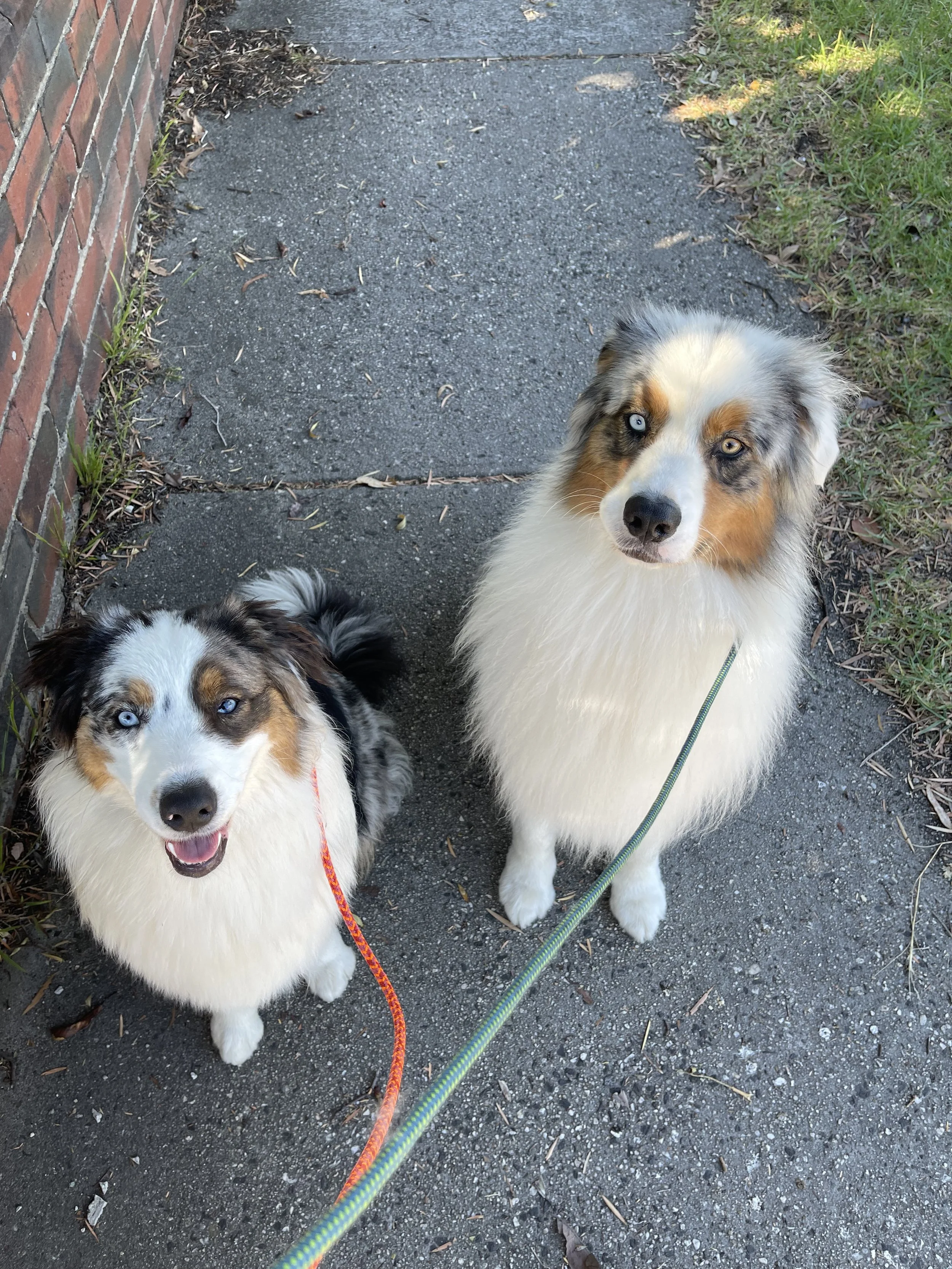Leash Reactivity Specialist - Melbourne
How I Fix Leash Reactivity
My leash reactivity program is grounded in calm, balanced behavioural modification. I combine:
1. Clear Communication
Teaching your dog exactly what behaviour is expected during walks.
2. Desensitisation & Controlled Exposure
Gradually introducing real-world distractions in a safe, structured manner.
3. Lead Skills & Owner Handling
You’ll learn how to hold the lead correctly, how to use your body position, and how to project calm assertive energy.
4. Emotional Resetting
We work to change the dog’s emotional association around triggers — from reactive to neutral.
5. Behaviour Neutralisation
Bringing the mind down into a calm, thinking state rather than a reactive one.
This approach has helped thousands of dogs become safe, peaceful walking companions.
Understanding Leash Reactivity
Leash reactivity is one of the most common behavioural issues dog owners face, and it can feel both stressful and embarrassing. A dog that pulls, lunges, barks, or growls at other dogs or people while on-lead isn’t “being bad” — they are communicating discomfort, insecurity, frustration, or fear.
Many owners assume their dog is aggressive, but most leash-reactive dogs are displaying fear-based, defensive, or frustrated behaviours rather than true aggression.
My goal is to identify the root cause and transform your dog’s emotional state so they can walk calmly and confidently again.
Why Dogs Become Leash Reactive
Based on 40 years of behavioural work, I have found leash reactivity typically forms due to:
• Frustration from limited movement
Dogs lose the ability to make choices when on-lead. The lead restrains them, restricting their natural greeting rituals and creating tension.
• Fear or insecurity
A dog worried about another dog will try to “push the threat away” by barking or lunging.
• Past negative experiences
A single bad encounter can trigger long-term reactivity.
• Owner tension or anxiety
Your energy, body language, and grip on the lead directly influence your dog’s emotional state.
• Lack of structure or guidance
Some dogs simply do not know what behaviour is expected of them in stimulating environments.
Understanding why your dog reacts is the first step toward resolving it permanently.
Is Leash Reactivity the Same as Aggression?
Not always.
True aggression is rare.
Most leash-reactive dogs behave normally and peacefully off-lead.
Reactivity is usually a symptom, not the root behaviour
What You Can Expect from Training With Me
Over 40 years, I have refined a structured, step-by-step program that resolves leash reactivity by focusing on the dog, the owner, and the environment.
You’ll learn:
✔ how to read your dog’s body language
✔ how to stay calm and confident
✔ how to interrupt escalating behaviour early
✔ how to walk past triggers calmly
✔ how to finally enjoy stress-free walks again
Your dog will learn:
✔ impulse control
✔ trust
✔ stability
✔ neutrality
✔ calm decision-making
No gimmicks. No shortcuts. Just real behaviour change.
Leash Reactivity in Rescue Dogs
Rescue dogs often show leash reactivity because of fear, past trauma, or lack of exposure during critical development periods.
I specialise in rescue rehabilitation and understand the deeper emotional layers behind these behaviours.
Book a Leash Reactivity Consultation
If you’re struggling with on-lead behaviour, I can help.
Melbourne owners trust me because I’ve worked with more than 45,000 dogs, earned multiple national awards including Trainer of the Year 2025, and specialise in complex cases others often turn away.
You and your dog don’t have to live with this.
Book your behaviour consultation today.








